Buy this landscape artwork Morning mood in Fiordland, New Zealand by Rini Kools on canvas, ArtFrame, poster and wallpaper, printed on demand in high quality.
About "Morning mood in Fiordland, New Zealand"
by Rini Kools
About the artwork
Mountains, low sun and low-hanging clouds create a special atmosphere in a distinctive part of Fiordland in the south-west of New Zealand's South Island.
Fiordland's landscape is characterised by deep fiords along the coast and U-shaped valleys carved by glaciers. Most of Fiordland is dominated by the steep sides of the snow-capped Southern Alps, deep lakes, and its steep, glacier-carved and now ocean-flooded western valleys. The name "Fiordland" derives from the New Zealand English spelling of the Scandinavian word for steep glacial valleys, "fjord". Fiordland contains by far the greatest extent of unmodified vegetation in New Zealand and significant populations of endemic plants and threatened animals, in some cases the only remaining wild populations.
This part of New Zealand has a very wet climate with annual average of 200 rainy days and annual rainfall varying from 1,200 millimetres (47 in) in Te Anau to 8,000 millimetres (310 in) in Milford Sound. The prevailing westerly winds blow moist air from the Tasman Sea onto the mountains, resulting in high amounts of precipitation as the air rises and cools down. However, during our stay we were able to enjoy cloudless skies and pleasant temperatures.

About Rini Kools
Photographer who specializes in birds, mammals, landscapes, professional bike racing and portraits. I preferably use my Nikon cameras D850 en D750... Read more…
 Netherlands
Netherlands Ordered in May 2020
Ordered in May 2020
 Netherlands
Netherlands Ordered in January 2023
Ordered in January 2023
 Germany
Germany Ordered in May 2020
Ordered in May 2020
 Germany
Germany Ordered in January 2021
Ordered in January 2021
 Netherlands
Netherlands Ordered in February 2021
Ordered in February 2021
 Germany
Germany Ordered in August 2021
Ordered in August 2021
 Netherlands
Netherlands Ordered in December 2018
Ordered in December 2018

 Netherlands
Netherlands Ordered in September 2022
Ordered in September 2022
 Netherlands
Netherlands Ordered in May 2021
Ordered in May 2021
 Netherlands
Netherlands Ordered in February 2020
Ordered in February 2020
 Germany
Germany Ordered in July 2021
Ordered in July 2021
 Germany
Germany Ordered in October 2022
Ordered in October 2022
About the material
ArtFrame™
Interchangeable Art Prints
- High-quality print
- Easily interchangeable
- Acoustic function
- Large sizes available
Discover the artworks of Rini Kools
 Sleeping LionsRini Kools
Sleeping LionsRini Kools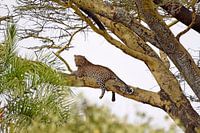 LeopardRini Kools
LeopardRini Kools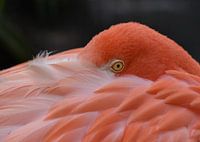 Cuban or Red FlamingoRini Kools
Cuban or Red FlamingoRini Kools Clouded LeopardRini Kools
Clouded LeopardRini Kools Black rhinoRini Kools
Black rhinoRini Kools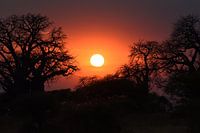 Sunset in Tarangire National Park, TanzaniaRini Kools
Sunset in Tarangire National Park, TanzaniaRini Kools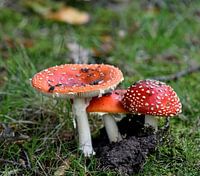 Autumn: the colourful fly agaric (Amanita muscaria)Rini Kools
Autumn: the colourful fly agaric (Amanita muscaria)Rini Kools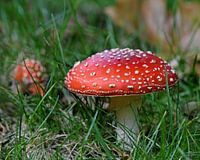 Autumn: the colourful fly agaric (Amanita muscaria)Rini Kools
Autumn: the colourful fly agaric (Amanita muscaria)Rini Kools Zeeland, the beach at Zoutelande, WalcherenRini Kools
Zeeland, the beach at Zoutelande, WalcherenRini Kools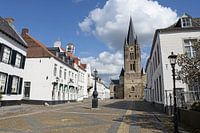 The white town of Thorn in Limburg, the NetherlandsRini Kools
The white town of Thorn in Limburg, the NetherlandsRini Kools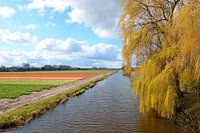 Daffodils, hyacinths and tulips in bloom in the bulb growing region of the NetherlandsRini Kools
Daffodils, hyacinths and tulips in bloom in the bulb growing region of the NetherlandsRini Kools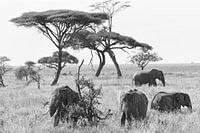 African Wildlife in black and white: Group of African elephants on the grassy plains of Serengeti NaRini Kools
African Wildlife in black and white: Group of African elephants on the grassy plains of Serengeti NaRini Kools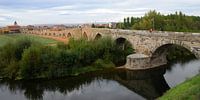 Orbigo Bridge (Puente de Órbigo), an important landmark for pilgrims on the Camino de SantiagoRini Kools
Orbigo Bridge (Puente de Órbigo), an important landmark for pilgrims on the Camino de SantiagoRini Kools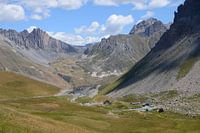 The Col du Galibier (2642 m) is a mountain pass in the French AlpsRini Kools
The Col du Galibier (2642 m) is a mountain pass in the French AlpsRini Kools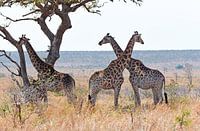 Giraffe on the savannah in Kruger National ParkRini Kools
Giraffe on the savannah in Kruger National ParkRini Kools On safari in Africa: Group of zebras drinking at a waterholeRini Kools
On safari in Africa: Group of zebras drinking at a waterholeRini Kools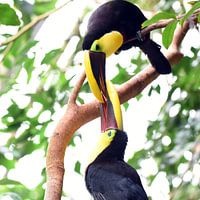 Black-billed toucan, a large toucan species from Central and South AmericaRini Kools
Black-billed toucan, a large toucan species from Central and South AmericaRini Kools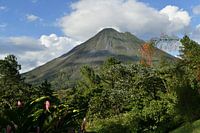 View of the Arenal volcano in Costa RicaRini Kools
View of the Arenal volcano in Costa RicaRini Kools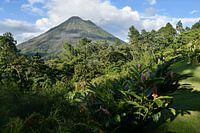 View of the Arenal volcano in Costa RicaRini Kools
View of the Arenal volcano in Costa RicaRini Kools Pair of Blue-and-yellow macaw (Ara ararauna) in close-upRini Kools
Pair of Blue-and-yellow macaw (Ara ararauna) in close-upRini Kools
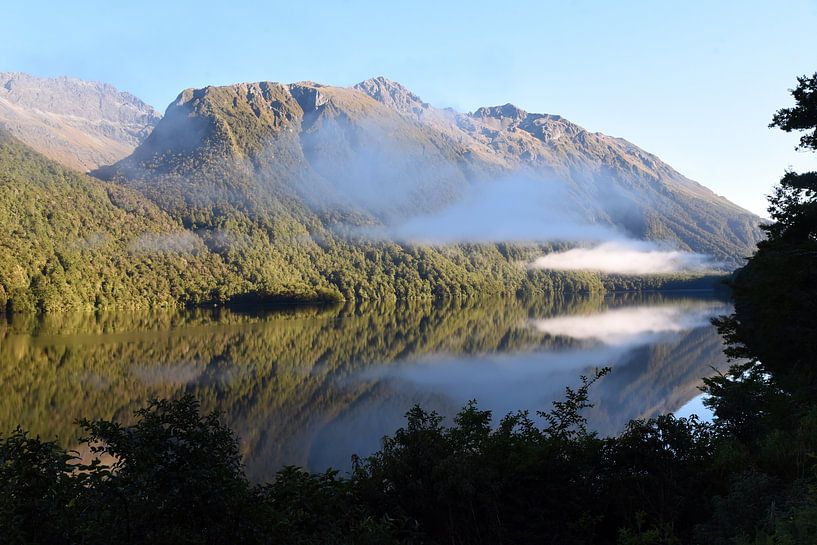












 Lakes
Lakes Landscapes
Landscapes Milford Sound
Milford Sound Mountains
Mountains National parks
National parks Nature and weather
Nature and weather New Zealand
New Zealand Photo wallpaper
Photo wallpaper Photography
Photography Reflections
Reflections Serene Peace
Serene Peace Sun
Sun









